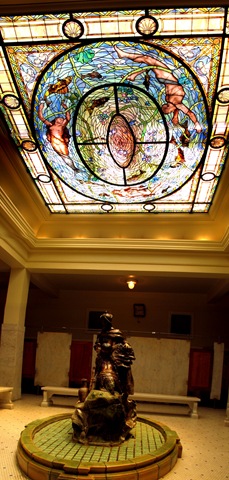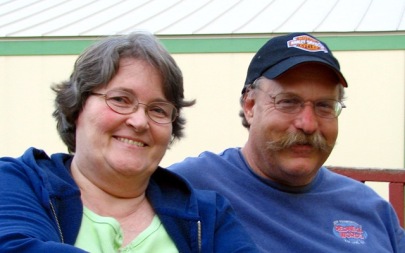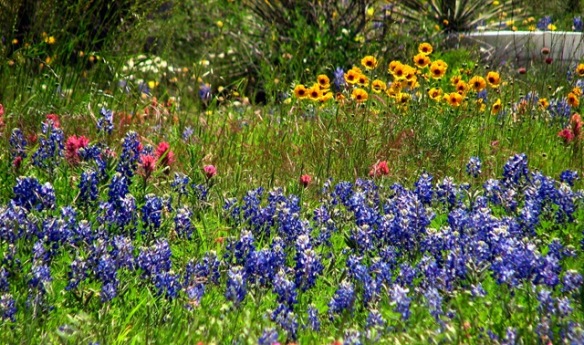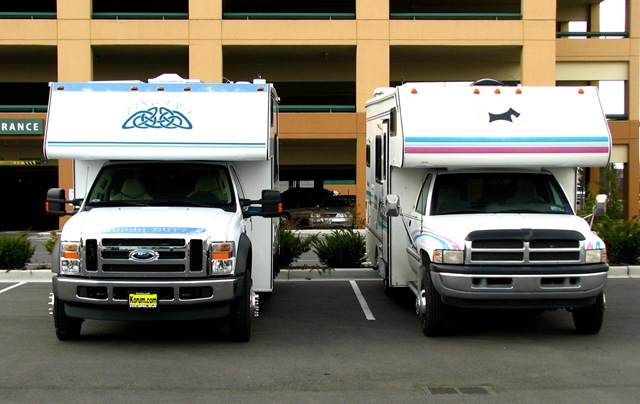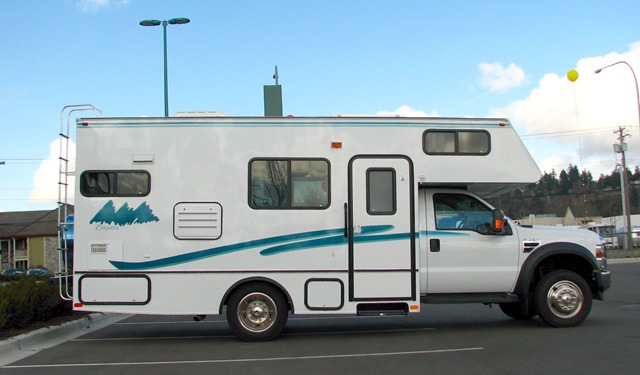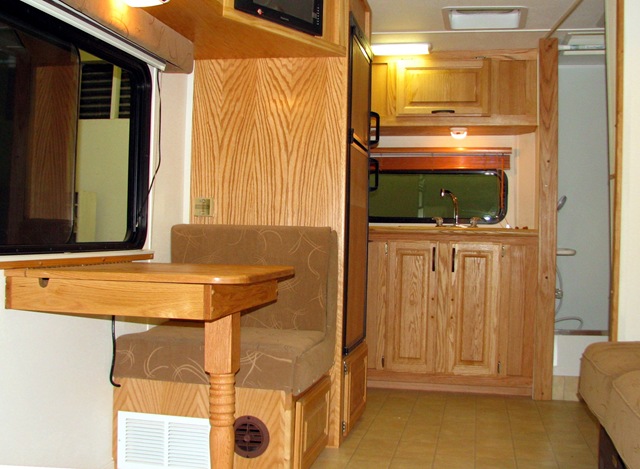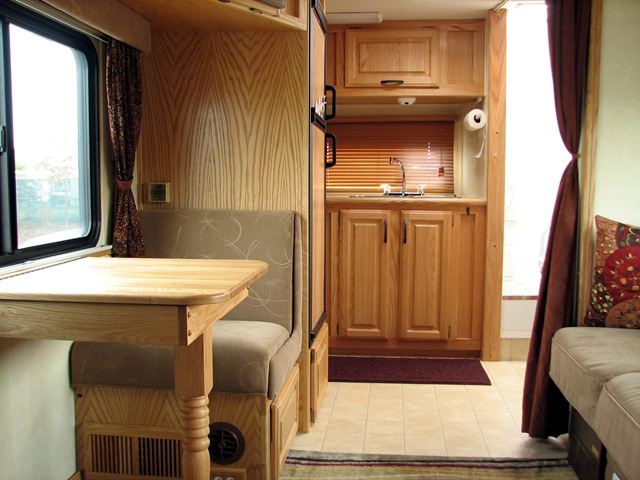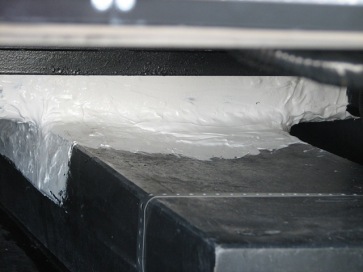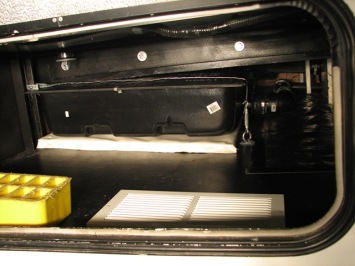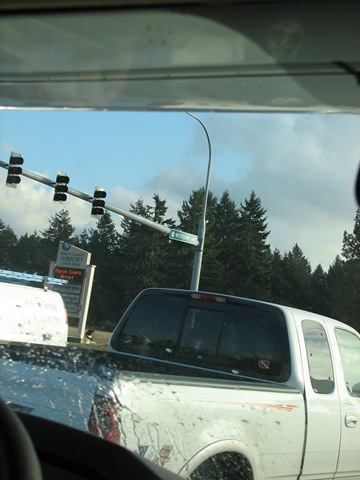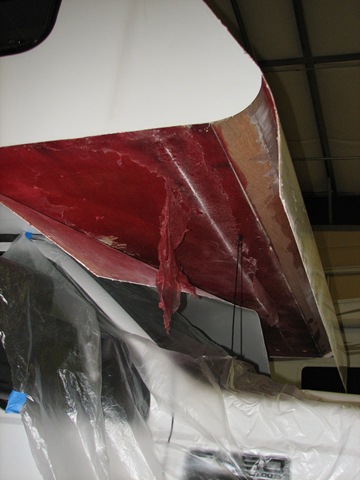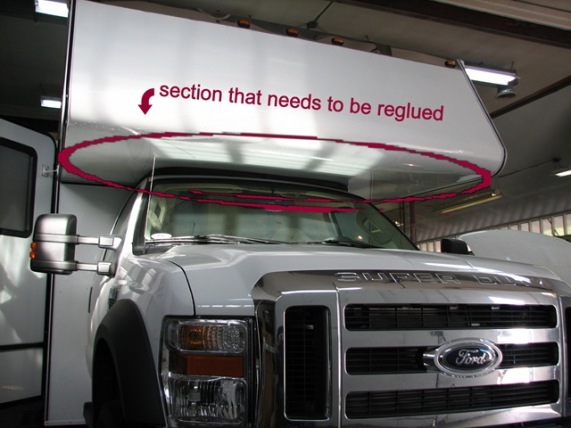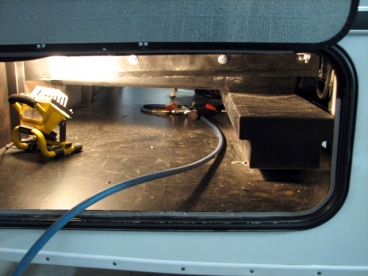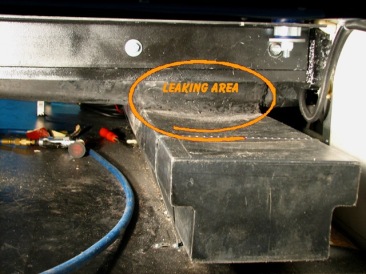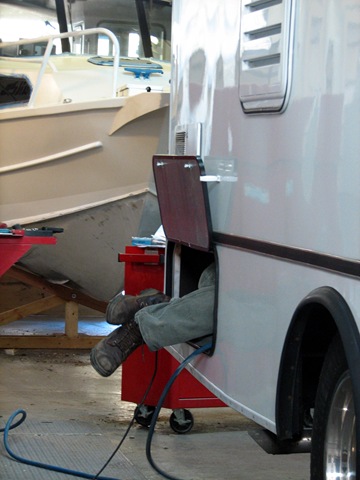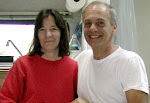This is Thomas Edison’s winter home where he brought his family to enjoy the warm weather for over 45 years. He purchased the property because he thought that the abundant bamboo might make a good filament material for electric lights. Other trees and plants were imported as part of his ongoing research and experimentation making it a interesting botanical garden.
In 1885 when he purchased the property , Fort Meyers was a cattle town with little contact with the rest of the country. Everything was shipped along the Caloosahatchee River , out to the Gulf of Mexico. Edison and his architect designed the houses , lab and other buildings which were pre-cut in Maine ,transported by ship around the tip of Florida and assembled on the property by local laborers. The railroad finally came to Fort Meyers in 1904. More pictures here - http://picasaweb.google.com/tonyandkaren1/FortMeyersFlorida?authkey=Gv1sRgCJDlvPyf-dbv5QE#














